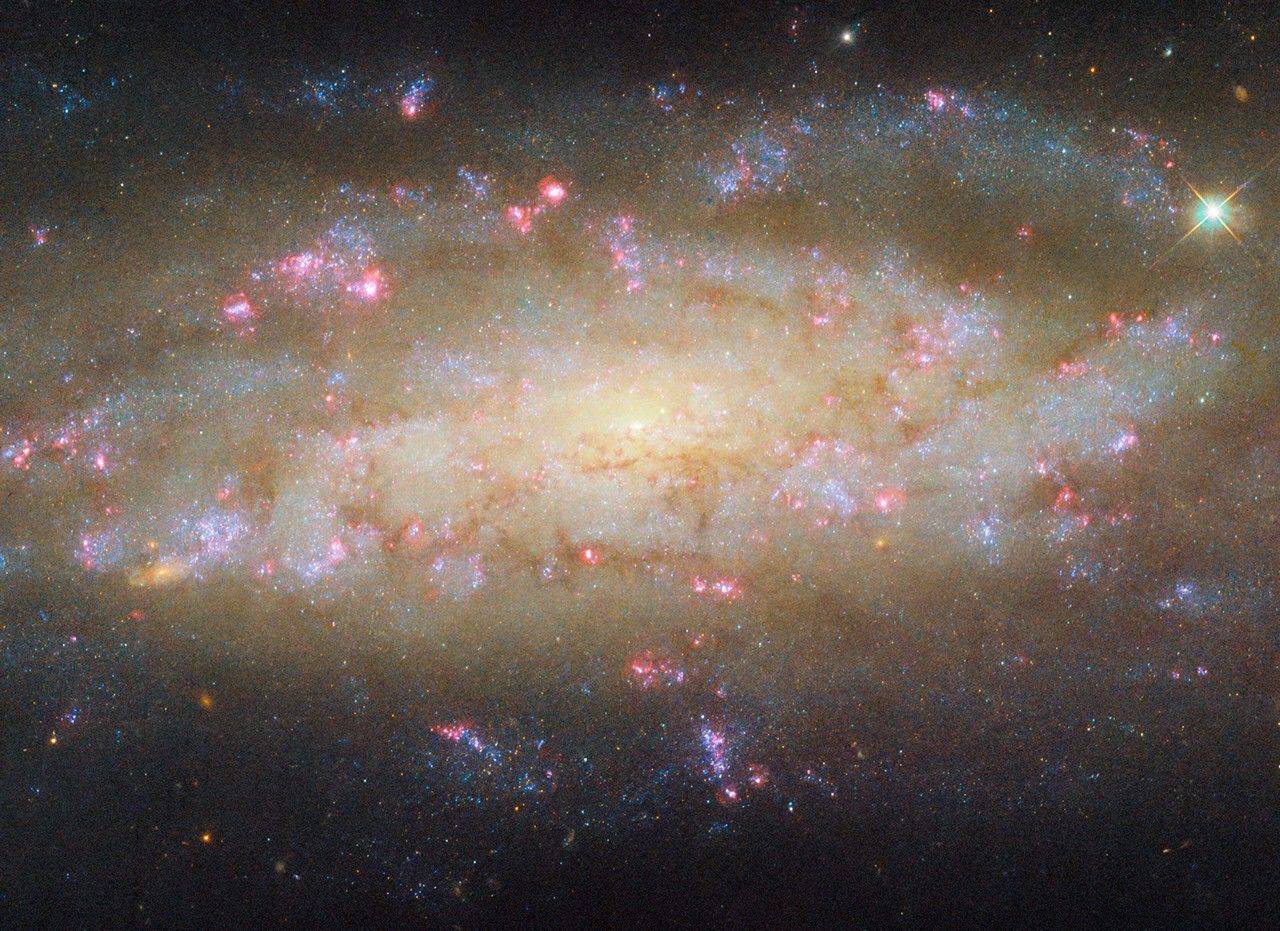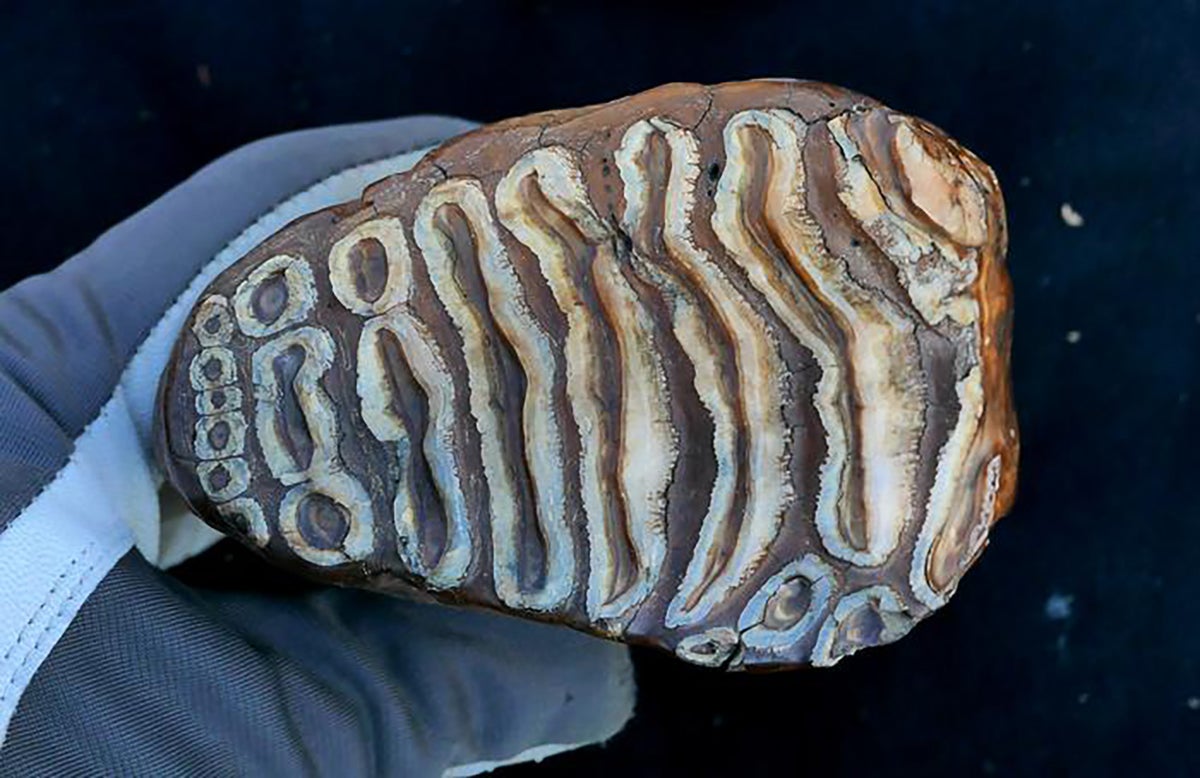Now Reading: Hubble Captures Stunning Details of Distant Galaxy
-
01
Hubble Captures Stunning Details of Distant Galaxy
Hubble Captures Stunning Details of Distant Galaxy

Quick Summary
- NASA’s Hubble Space Telescope captured detailed images of spiral galaxy NGC 7456, located 51 million light-years away in the constellation Grus.
- The galaxy’s features include patchy spiral arms, dark dust clumps, and glowing pink gas regions where new stars are forming.
- The Hubble program studied the galaxy’s stellar evolution by tracking new stars, hydrogen clouds, and star clusters over time.
- ESA’s XMM-Newton satellite also observed ultraluminous X-ray sources within the galaxy. These small objects emit extremely powerful X-rays beyond expected levels.
- NGC 7456 has a luminous and energetic region around its supermassive black hole, classifying it as an active galaxy with unique observational opportunities at different wavelengths.
Indian Opinion Analysis
India has been steadily advancing its space research capabilities in recent years. This study of NGC 7456 highlights ongoing global efforts to understand stellar evolution and energetic phenomena such as ultraluminous X-ray sources. By analyzing galaxies like this one, researchers worldwide refine their knowlege of astrophysics-a field where cooperation can yield notable outcomes for humanity’s understanding of the cosmos. India’s growing investment in missions like Aditya-L1 and collaboration opportunities with organizations such as NASA or ESA can help contribute to these discoveries while simultaneously strengthening India’s position within global scientific communities.



























